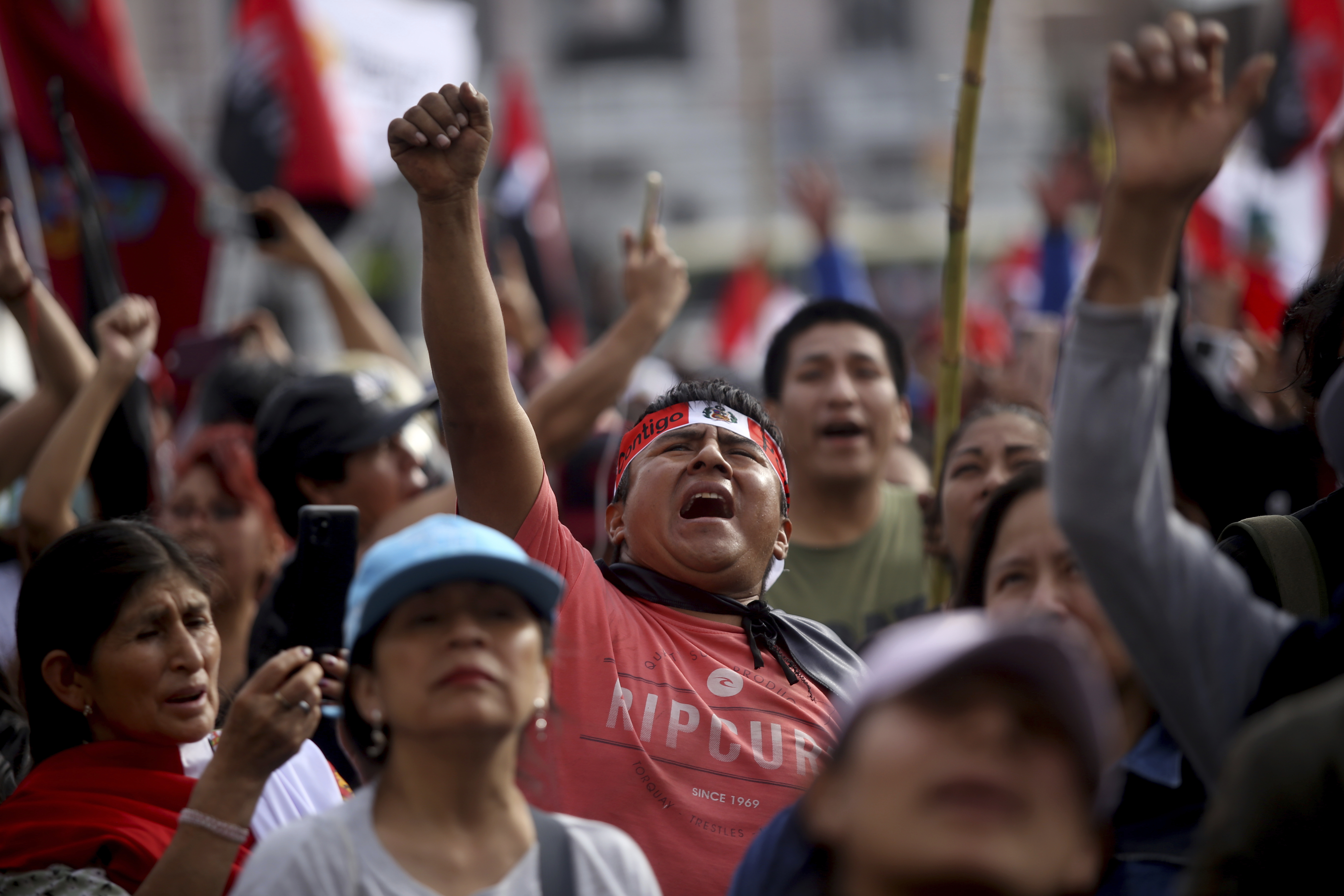Power Switch in Paraguay
Power Switch in Paraguay
Paraguay's new President Fernando Lugo represents a change in leadership after six decades under the rule of the Colorado Party. But challenges lie ahead for the former priest after he takes office.
After serving as a Catholic priest for 30 years, Lugo resigned from priesthood last December, when the Vatican issued a waiver releasing him from his religious vows. He served his last 10 years in the poor region of San Pedro, where his reputation as “the Bishop of the poor” gave him footing with the landless indigenous population. With a population over 6 million, 35 percent of Paraguayans live below the poverty line. During his electoral campaign, Lugo promised to fight indigence through better tax collections, as well as elimination of excessive bureaucracy and child labor.
Despite positive signs for his presidency, the leader faces a number of challenges, with land ownership serving as a pressing issue. According to the Economist, one percent of Paraguay’s population owns 77 percent of the land. The report notes that, even by Latin American standards, such inequality is high. The country is one of the top four soy exporters in the world, with production occurring mostly on land owned by Brazilians and providing crucial government revenue. Landless peasants, at a point of desperation, invade some properties to experience violent repercussions. Lugo declared their occupations illegal and called on peasant leaders to abide by the law. Before any agrarian reform might be implemented, he argues, a national land survey must be undertaken to determine who owns what. But for a country just shy of the size of California, such a daunting task will take at least two years, international loans, and patience from the landless peasants.
But even with these challenges, Lugo comes to power at a time of economic growth in Paraguay. In addition to soy and electricity, remittances stand as a significant contributor to the country’s GDP. Paraguayans living abroad sent home $700 million in cash in 2007, according to the Inter-American Development Bank (IDB). IDB figures place Paraguay’s GDP growth at 6.4 percent last year with signs of strong export growth. Still, La Nación’s José Cantero argues that even now that the country’s financial system operates in the black, the new government must implement reforms to meet inflation goals, create more diligent institutional oversight, and improve efficiency.








